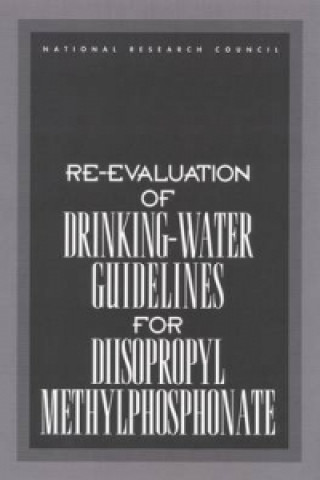
Kód: 04577105
Re-evaluation of Drinking-Water Guidelines for Diisopropyl Methylphosphonate
Autor Subcommittee on the Toxicity of Diisopropyl Methylphosphonate, Committee on Toxicology, Board on Environmental Studies and Toxicology, Commission on L
Diisopropyl Methylphosphonate (DIMP) is a groundwater contaminant at the U.S. Army's Rocky Mountain Arsenal in Colorado. DIMP is a by-product created from the manufacture and detoxification of the nerve agent GB which the arsenal ... celý popis
- Jazyk:
 Angličtina
Angličtina - Vazba: Brožovaná
- Počet stran: 48
Nakladatelství: National Academies Press, 2000
- Více informací o knize

695 Kč
Dostupnost:
50 % šance Máme informaci, že by titul mohl být dostupný. Na základě vaší objednávky se ho pokusíme do 6 týdnů zajistit.
Máme informaci, že by titul mohl být dostupný. Na základě vaší objednávky se ho pokusíme do 6 týdnů zajistit.Prohledáme celý svět
Mohlo by se vám také líbit
-

Vietnam War
1346 Kč
Dárkový poukaz: Radost zaručena
- Darujte poukaz v libovolné hodnotě a my se postaráme o zbytek.
- Poukaz se vztahuje na celou naši nabídku.
- Elektronický poukaz vytisknete z e-mailu a můžete ihned darovat.
- Platnost poukazu je 12 měsíců od data vystavení.
Informovat o naskladnění knihy
Zadejte do formuláře e-mailovou adresu a jakmile knihu naskladníme, zašleme vám o tom zprávu. Pohlídáme vše za vás.
Více informací o knize Re-evaluation of Drinking-Water Guidelines for Diisopropyl Methylphosphonate
Nákupem získáte 70 bodů
 Anotace knihy
Anotace knihy
Diisopropyl Methylphosphonate (DIMP) is a groundwater contaminant at the U.S. Army's Rocky Mountain Arsenal in Colorado. DIMP is a by-product created from the manufacture and detoxification of the nerve agent GB which the arsenal produced from 1953 to 1957. For awhile the Army and the State of Colorado disagreed upon the appropriate drinking-water contaminant guideline for DIMP. A drinking-water guideline of 600 micrograms per liter was established by the U.S. Environmental Protection Agency (EPA) in 1989 but the State of Colorado promulgated a lower guideline of 8 micrograms per liter. The significant difference between the two suggested values arose from the fact that both sides used different studies to determine their values. Colorado used one-generation reproductive toxicity study in mink, whereas EPA used a subchronic toxicity study in dogs. To resolve the disagreement, a two-generation reproductive study in mink was conducted. The Army asked the National Research Council (NRC) to independently evaluate the 1997 study and re-evaluate the drinking-water guideline for DIMP. This task was assigned to the Committee on Toxicology, which established the Subcommittee on the Toxicity of Diisopropyl Methylphosphonate, a multidisciplinary group of experts. The subcommittee evaluated the two-generation reproductive study as well as other studies relevant to the task. Data on the use of mink as a predictive model in toxicology were also reviewed. Re-Evaluation of Drinking-Water Guidelines for Diisopropyl Methylphosphonate is the subcommittee's report which shows that neither party was corrected in their DIMP guidelines. The report includes the subcommittee's evaluation and recommendations concerning the topic.
 Parametry knihy
Parametry knihy
Zařazení knihy Knihy v angličtině Technology, engineering, agriculture Environmental science, engineering & technology
695 Kč
- Plný název: Re-evaluation of Drinking-Water Guidelines for Diisopropyl Methylphosphonate
- Autor: Subcommittee on the Toxicity of Diisopropyl Methylphosphonate, Committee on Toxicology, Board on Environmental Studies and Toxicology, Commission on L
- Jazyk:
 Angličtina
Angličtina - Vazba: Brožovaná
- Počet stran: 48
- EAN: 9780309072557
- ISBN: 0309072557
- ID: 04577105
- Nakladatelství: National Academies Press
- Rozměry: 229 × 152 mm
- Datum vydání: 25. October 2000
Oblíbené z jiného soudku
-
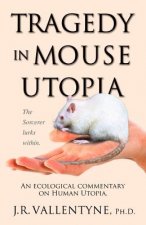
Tragedy in Mouse Utopia
384 Kč -
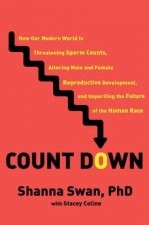
Count Down
469 Kč -
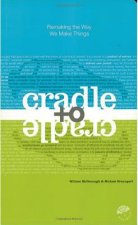
Cradle to Cradle
832 Kč -

World In A Grain
338 Kč -
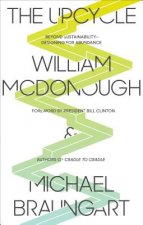
Upcycle
734 Kč -
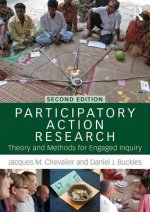
Participatory Action Research
1683 Kč -

Smart Cities
924 Kč -
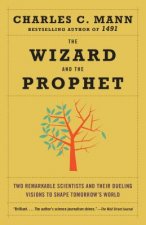
Wizard and the Prophet
484 Kč -

Handbook of Transdisciplinary Research
5094 Kč -

Nutrient Cycling in Terrestrial Ecosystems
5094 Kč -

Information Technologies in Environmental Engineering
6578 Kč -
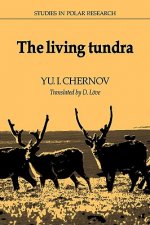
Living Tundra
1199 Kč -
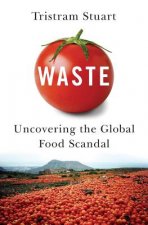
Waste
662 Kč -
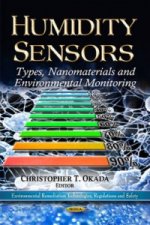
Humidity Sensors
3543 Kč -

Environmental Engineering- Principles and Practice
3732 Kč -

ISE Principles of Environmental Engineering & Science
1972 Kč -

ISE Introduction to Environmental Engineering
1951 Kč -
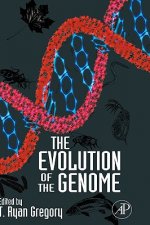
Evolution of the Genome
3407 Kč -

Underground Cities
910 Kč -

Membrane and Membrane Reactors Operations in Chemical Engineering
1353 Kč -

Resource Efficiency Complexity and the Commons
1851 Kč -

Transport Processes in Nature PB with CD-ROM
2182 Kč -

Behavior of Wood in Case of Fire
2405 Kč -
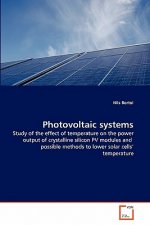
Photovoltaic systems
1506 Kč -
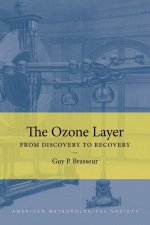
Ozone Layer - From Discovery to Recovery
950 Kč -
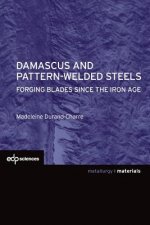
Damascus and pattern-welded steels
1487 Kč -

Fly ash based geopolymer concrete
1234 Kč -

Introduction To Environmental Impact Assessment
1851 Kč -
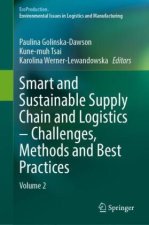
Smart and Sustainable Supply Chain and Logistics - Challenges, Methods and Best Practices
5094 Kč -

Climate Crisis and Corrupt Politics
986 Kč -
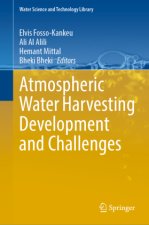
Atmospheric Water Harvesting Development and Challenges
4870 Kč -

Earth in Human Hands
647 Kč -

Automating SOLIDWORKS 2019 Using Macros
1813 Kč -

Oak
6221 Kč -
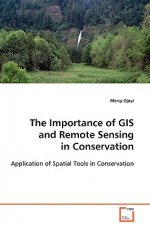
Importance of GIS and Remote Sensing in Conservation
1506 Kč -

Urban Wind Energy
2076 Kč -
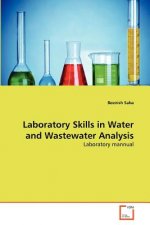
Laboratory Skills in Water and Wastewater Analysis
1806 Kč -
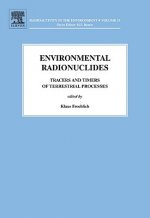
Environmental Radionuclides
6408 Kč -

Governing Renewable Natural Resources
1701 Kč -
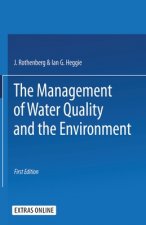
Management of Water Quality and the Environment
5172 Kč -
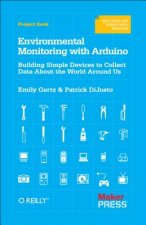
Environmental Monitoring with Arduino
273 Kč -
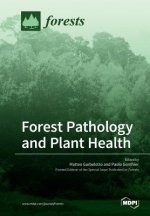
Forest Pathology and Plant Health
1555 Kč -

Environmental Education and Advocacy
1661 Kč -
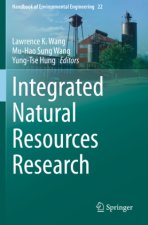
Integrated Natural Resources Research
4005 Kč -

M11 Steel Pipe
5100 Kč -
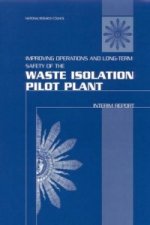
Improving Operations and Long-Term Safety of the Waste Isolation Pilot Plant
1540 Kč -
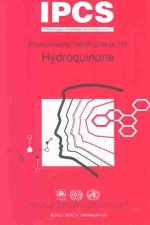
Hydroquinone
1430 Kč -

Automation in Construction Management
2072 Kč -
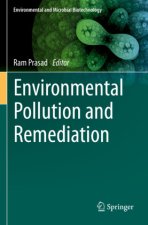
Environmental Pollution and Remediation
4859 Kč
Osobní odběr Praha, Brno a 12903 dalších
Copyright ©2008-24 nejlevnejsi-knihy.cz Všechna práva vyhrazenaSoukromíCookies


 Vrácení do měsíce
Vrácení do měsíce 571 999 099 (8-15.30h)
571 999 099 (8-15.30h)